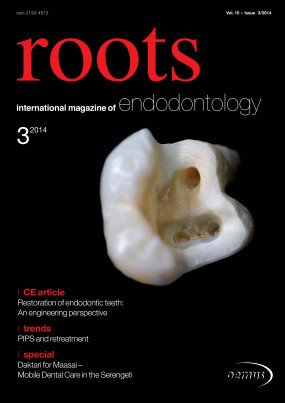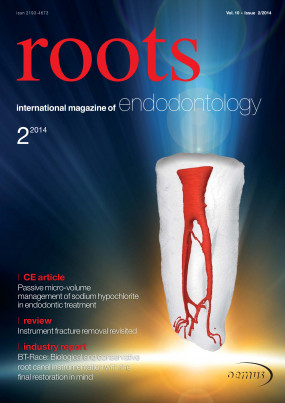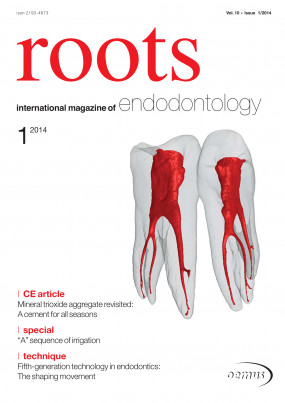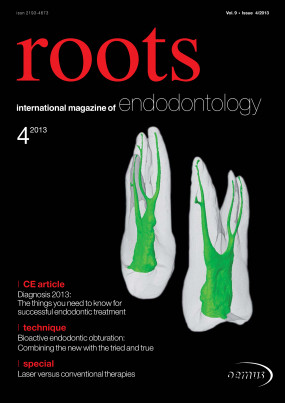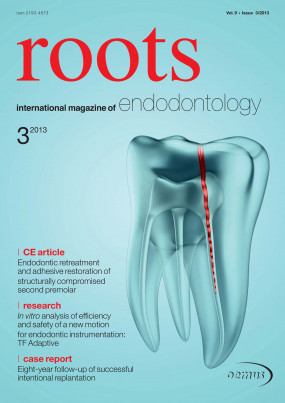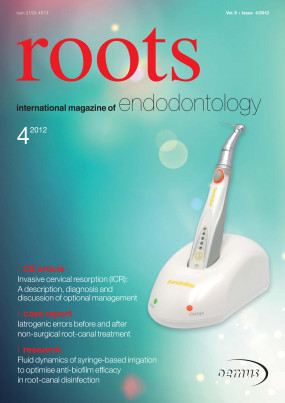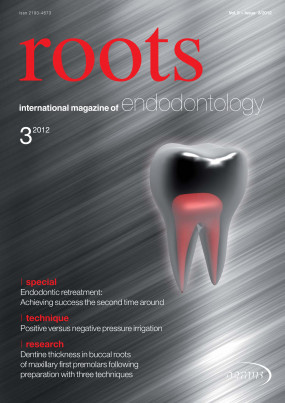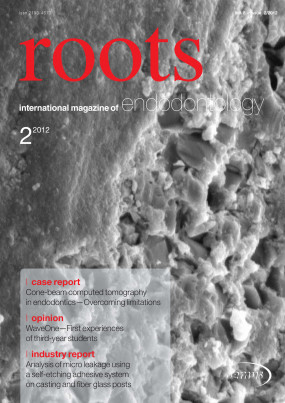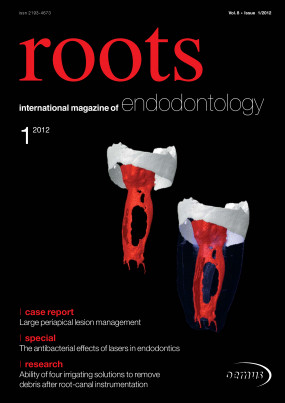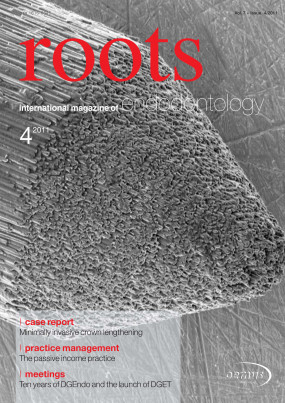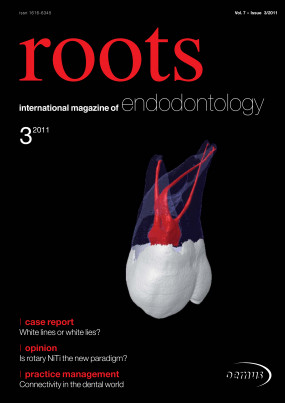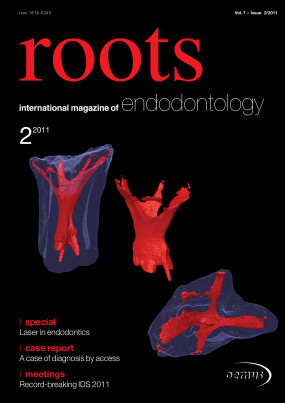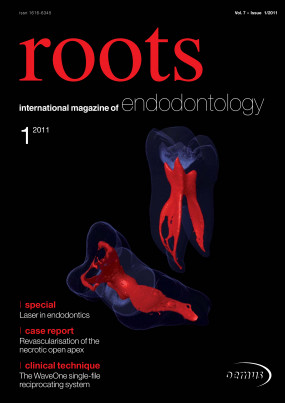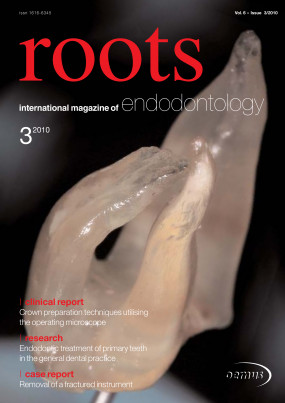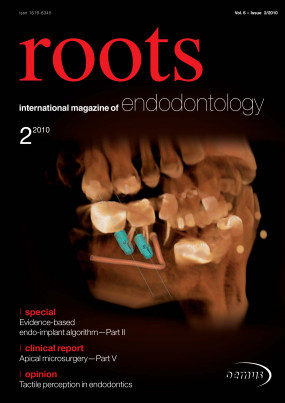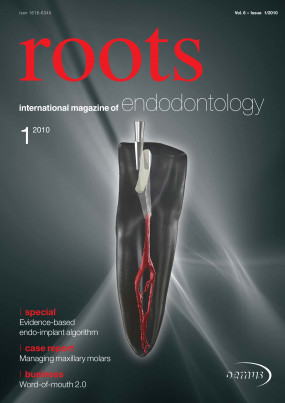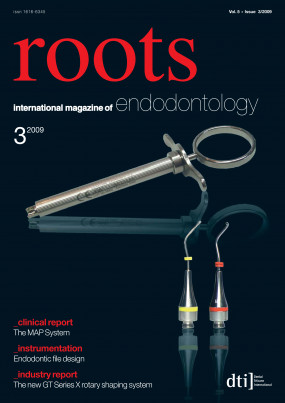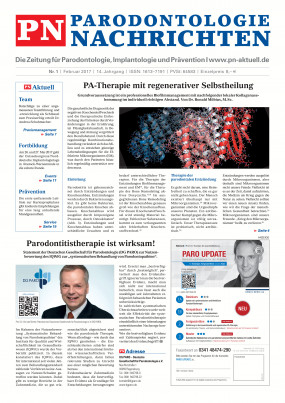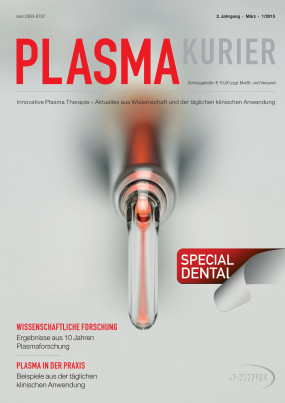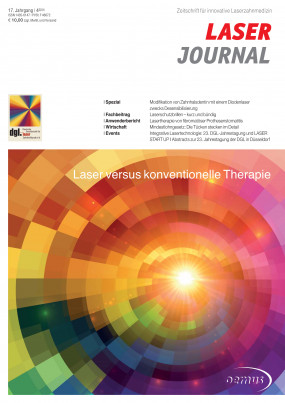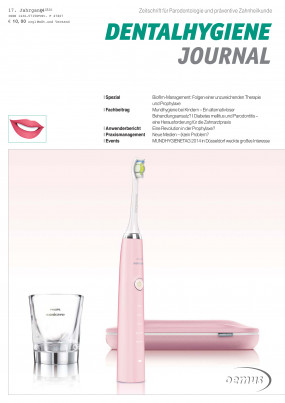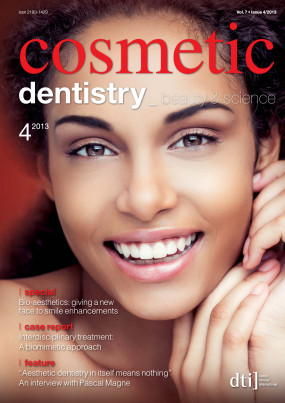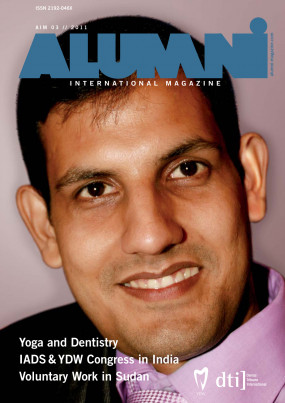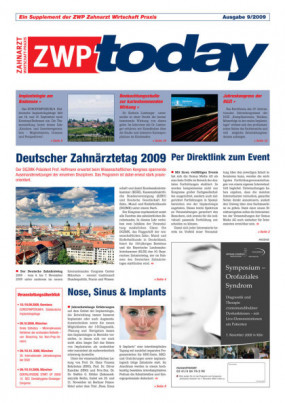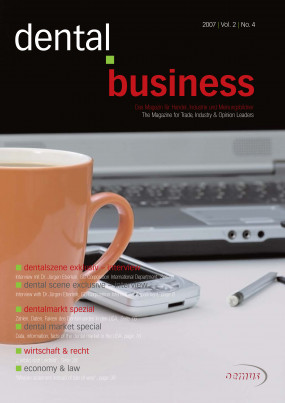Inhaltsverzeichnis
3
As a professor and international speaker, every year I meet hundreds of young people full of enthusiasm, pursuing their goal to conquer the endodontic world. This is beautiful, but even more beautiful is when I meet my former students, after ten or 15 years, and they still have the same passion as before. Unfortunately, it rarely happens. Why is that? What happened to their enthusiasm all these years later? Why do recent developments and trends in endodontics no longer appear to fascinate them?
6
Root-canal treatment has been shown to have a success rate of 92%.1 However, as research methodologies move towards higher levels of substantiation, clinicians must rely on the best current evidence available to gain insight into the expected outcomes of their treatment. The highest level and best current evidence we have on the clinical success of endodontic treatment comes from a meta-analysis of the literature...
10
Non-surgical retreatment following failed apicoectomy with re-use of intra-radicular restoration - A case report
Dr Imran Cassim, South Africa
The aim of this article is to highlight the possibility of the successful outcome of non-surgical retreatment involving disassembly of a cast restoration then orthograde MTA obturation, following failed surgical retreatment of a maxillary central incisor...
16
The use of direct FRC posts in the restoration of endodontically treated anterior and premolar teeth - A clinical perspective
Dr Ian Kerr, UK
The restoration of endodontically treated teeth has long been a challenge to the dental profession and the success of endodontics is directly affected by the quality and integrity of the coronal seal created by the final restoration.1 Recent advances in restorative dentistry have led to a bewildering array of treatment options for patients and it is essential that dentists present these options so that patients can make informed choices that are right for them...
20
Long-term endodontic success is not due to a single factor but is dependent upon three critical aspects of treatment called the “endodontic triad”: instrumentation, disinfection and obturation. These three components of the triad are interwoven, and success requires careful attention to all three to provide longterm clinical success...
26
An accurate working length is one of the most important criteria for achieving successful endodontic results and minimising post-operative discomfort. An erroneous working length, either long or short, can compromise the outcome of the case from the beginning. An erroneously short working length leaves uncleaned and unfilled canal space in the apical region. An erroneously long working length will lead to over-instrumentation and overextended obturation, causing significant post-operative discomfort. That being said, in my opinion, it is better to be slightly long than slightly short...
28
30
Dentine thickness in buccal roots of maxillary first premolars following preparation with three techniques
Drs Paola Adriana Lammertyn & Liliana Gloria Sierra, Argentina
Coronal and root fractures in teeth are the third major cause of dental loss after caries and periodontal disease, being responsible for 4.3% of endodontic failures.1 Of these, maxillary premolars account for more than half of the fractured teeth.2,3 Some etiological factors reported are dentine dehydration due to endodontic treatment, unique anatomic features, loss of dentine structure due to caries, access preparation and excessive canal preparation. Although some studies have demonstrated that neither dehydration nor endodontic treatment altered the mechanical properties of dentine, it is worth mentioning that the loss of structural integrity owing to caries, previous restorative work or access preparation can predispose teeth that have been endodontically treated to fracturing at a greater frequency than teeth with vital pulps.4–6 Moreover, this predisposition increases proportionally with the amount of dentine removed.7...
38
Preparations for the 35th International Dental Show (IDS), which will be hosted in Cologne in March 2013, are already gathering pace. For the 2013 show, the organisers of the world’s largest fair for dental medicine and technology are ex-pecting a repeat of last year’s interest from the -dental world, when nearly 2,000 suppliers and 118,000 trade visitors made IDS 2011 the most...
